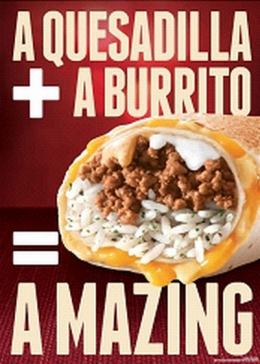Four items from the front matter in today’s New York Times Magazine: the compound poolside memoirs; the euphemism go to Spain; the term binky ‘pacifier’; and citronella for warding off mosquitoes.
poolside memoirs. From the chart (p. 11) “Assessing Poolside Memoirs” by Eliot Glazer, in which writers are ranked on two scales (“awesomeness of name”, with Colson Whitehead at the top, and “intellectual prowess”, from Rob Lowe at the bottom to Barbara Ehrenreich at the top.
An especially well-behaved N1 + N2 compound has two properties. First, it is subsective: speaking loosely, an N1 + N2 is an N2. Poolside memoir is fine on this score, since a poolside memoir is a memoir.
Second, the relationship between the referents of N2 and N1 is close, drawn from a small collection of canonical relationships in compounds (agent, etc.). But poolside memoir involves a distant relationship (other writers use other terms), one that can be appreciated only by knowing a lot about memoirs and poolsides in context. A poolside memoir is one especially suited for reading by the side of a pool (or in a similar setting), on vacation. You have to know the sociocultural context to understand the compound.
One more example of a phenomenon amply illustrated on this blog and Language Log.
go to Spain. This is from the “Judge John Hodgman Rules” column (of jokey advice) on p. 11:
Fred writes: My family is getting a puppy, and we are trying to establish consistent commands. We agree on some, but disagree on bodily functions. My daughter and I want to use the question “Want to go to Spain?” My wife wants to use boring old “Go do your business” or “Go make wee-wee/poopie.”
I’ve learned the hard way that dogs don’t grasp euphemism and that it is offensive to equate Spain with a toilet. But I don’t approve of infantile language, even when addressing a perpetual infant (an alternate definition of “dog”). Of options presented, “do your business” is your best/least-gross option.
I’ve never heard go to Spain as a euphemism for ‘go to the bathroom’ (nor do I see examples of it on the net), and I don’t see a source for it. For all I know, Hodgman just made it up for fun.
binky. Then on p. 16, this week’s “Who Made That?” column, by Dashka Slater, on pacifiers, from which I learned that the term binky is in fact the trademarked name Binky.
On pacifiers, from Wikipedia:
A pacifier (American and Canadian English), dummy (Britain, and other Commonwealth countries), binky, or soother (in other countries) is a rubber, plastic, or silicone nipple given to an infant or other young child to suck upon. In its standard appearance it has a teat, mouth shield, and handle. The mouth shield and/or the handle is large enough to avoid the danger of the child choking on it or swallowing it.
Now Slater on binky:
By the time Christian W. Meinecke applied for a patent for “a new and original Design for a Baby Comforter” in 1901, people had been giving babies soothing objects to suck on for centuries: knotted rags dipped in water or honey, wooden beads or “gum sticks” made of stone, bone or coral. But nothing would ever be quite as popular as the pacifier.
… Despite … warnings, sales of the pacifier continued to grow. Latex and silicone nipples replaced the India rubber ones; plastic substituted for the bone and ivory shields and rings. By the 1940s, one company, Binky Baby Products of New York, had sold so many pacifiers that the brand would become a generic term for the thing itself. (The trademark is now owned by Playtex.)
Accept no substitute; buy a real Binky!
citronella. Back on p. 11, Bronson van Wyck’s good-living note on “How to Give an Outdoor Cocktail Party”: to stave off mosquitoes, “Put citronella candles everywhere; use torches and fill them with citronella.” (Authorities differ on the effectiveness of citronella for this purpose. The EU, with its customary caution, bans it.)
Citronella here is short for citronella oil:
Citronella oil is one of the essential oils obtained from the leaves and stems of different species of Cymbopogon (lemongrass). The oil is used extensively as a source of perfumery chemicals … Citronella oil is also a plant-based insect repellent, and has been registered for this use in the United States since 1948. (Wikipedia link)
Cymbopogon, commonly known as lemongrass is a genus of about 45 species of grasses, (of which the type species is Cymbopogon citratus …) (Wikipedia link)
Meanwhile, lemongrass is a flavoring in a number of Asian cuisines. It’s easy to grow — roots easily in water, then in soil. I’ve grown it myself.
(Confusingly, the Latin name Citronella is used for an entirely different group of plants, “a genus of [mostly tropical] trees and shrubs in the family Cardiopteridaceae” (link).)
What Cymbopogon and Citronella share is the lemony scent/taste, which occurs in other plants, for example lemon balm (or just balm for short), botanically Melissa officinalis (in the family Lamiaceae, formerly Labiatae); discussion of the plant, with photos, on this blog, here.
(Reminder about the names of botanical families. In the long-standing naming tradition, a family name described, insofar as possible, the characteristic inflorescence of plants in the family — Labiatae for labiate ‘lipped’ flowers. In the newer system, each family is named for a “type genus” within the family — Lamiaceae for the genus Lamium, of dead-nettles.)
![]()
![]()







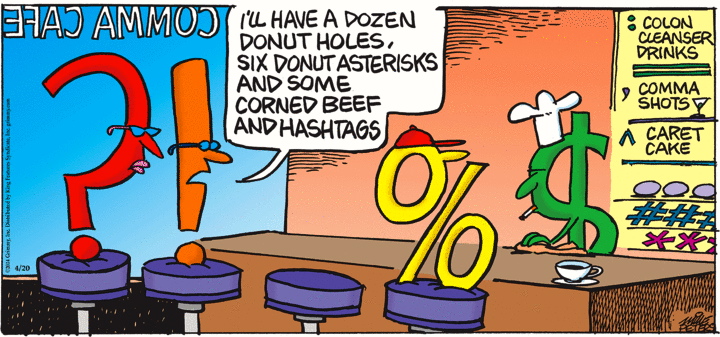


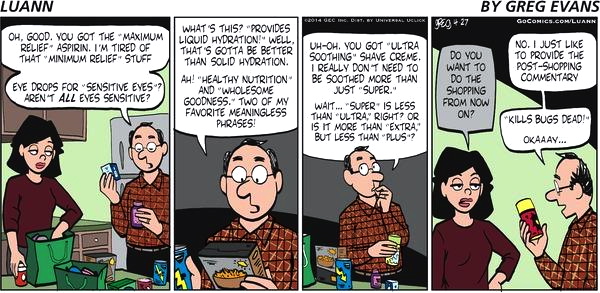



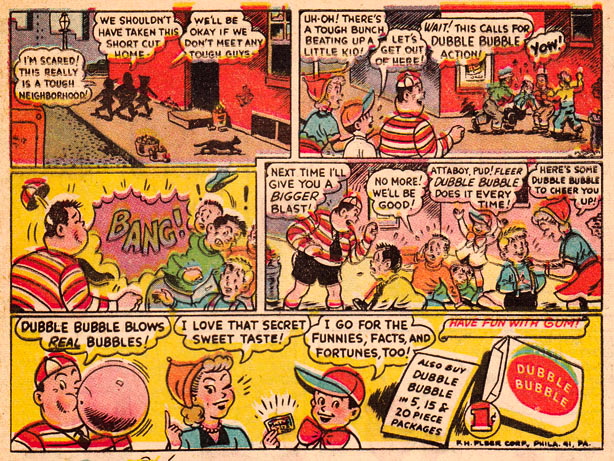








 (#4)
(#4)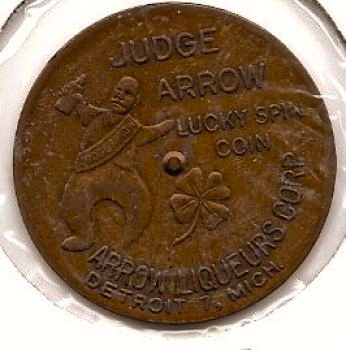
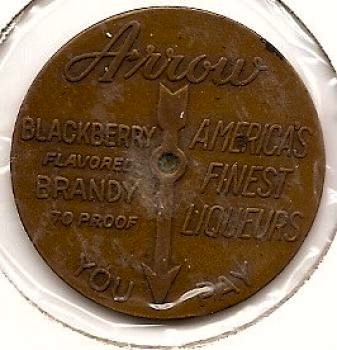


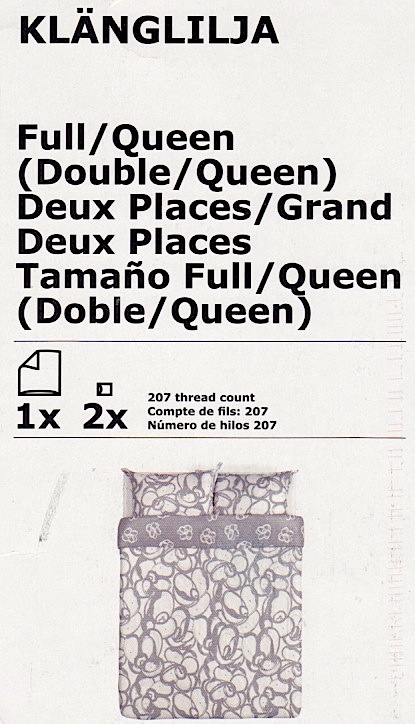


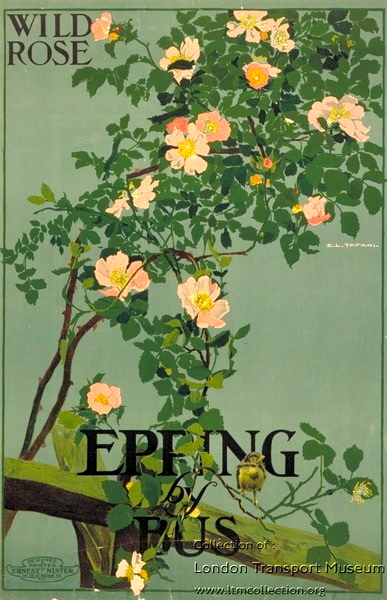











 (#3)
(#3)





 (#2)
(#2)


